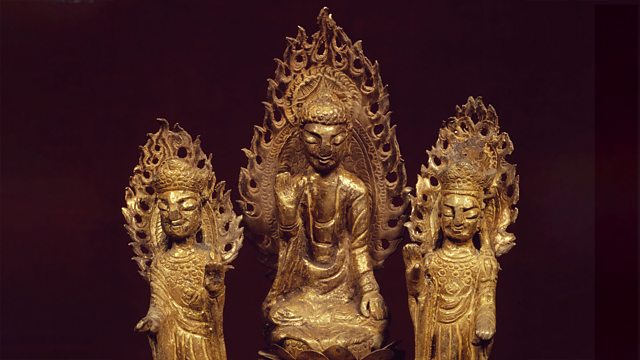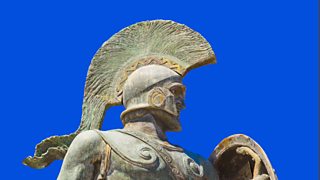The Koryo Kingdom: Medieval dynasty that united Korea
Koryo, the medieval Korean Kingdom, boasts the world’s first printing press, greater rights for women and outstanding arts and culture.
Today Korea is divided between North and South, but the founding of the Koryo Kingdom in the 10th Century was the first time the peninsula was truly united and when a sense of nationhood emerged. The Koryo Kingdom is remembered for some of the finest cultural achievements in the country’s history; it developed the world’s first printing press – 200 years before the German inventor Johannes Gutenberg came up with his own version, and it is also a period marked by beautiful ceramics and art. But what is less well known is how progressive its politics and society were; promotion was based on merit, women were given greater rights, and monarchs ruled through co-operation. It was also a turbulent time with personal intrigue and back stabbing at court, and constant threats of foreign invasion.
Rajan Datar finds out more about the Koryo Kingdom. He is joined by Sang’ah Kim, the Korean Collections’ Curator at the British Museum in London; Dr Charlotte Horlyck, reader in Korean Art History at SOAS, University of London, who has written about the collecting of Koryo Art in the early 20th Century; Edward (Ned) Shultz, professor emeritus in Asian Studies at the University of Hawaii, and Dr Juhn Ahn, associate professor in Buddhism and Korean studies at the University of Michigan in the United States and author of Buddhas and Ancestors: Religion and Wealth in 14th Century Korea.
Producer: Anne Khazam
(Photo: Trinity, gilded bronze statues from Goryeo dynasty, 10th-11th Century, Korean civilisation. Credit: DeAgostini/Getty Images)
Last on
Broadcasts
- Thu 2 Jun 2022 09:06GMT���˿��� World Service
- Thu 2 Jun 2022 23:06GMT���˿��� World Service
- Sun 5 Jun 2022 13:06GMT���˿��� World Service
Featured in...
![]()
Civilisations and wonders—The Forum
The people, stories and rituals that ruled the ancient world
Podcast
-
![]()
The Forum
The programme that explains the present by exploring the past



